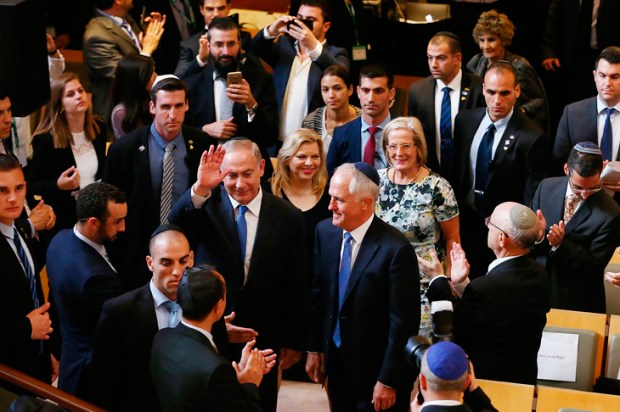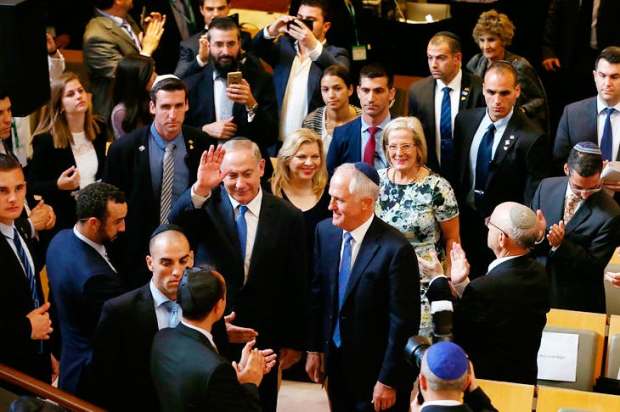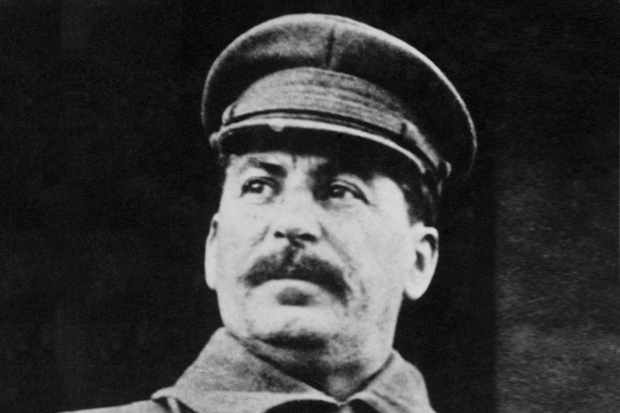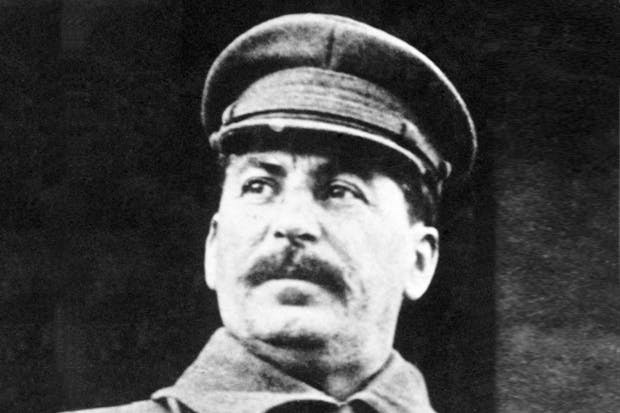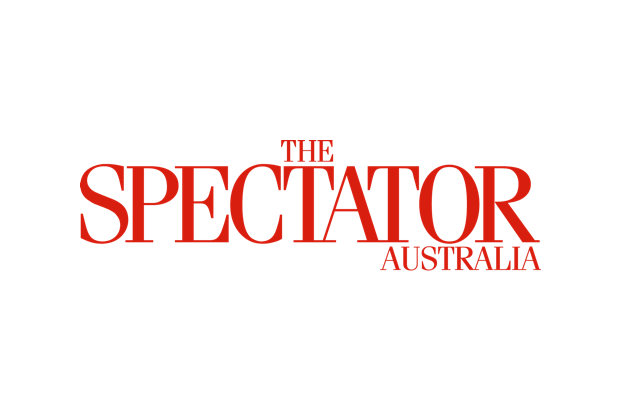The Royal Commission into child abuse has already done enormous service in establishing, and making public, the vast range of abuse in those religious and secular institutions that have responsibility for the care of boys and girls.These range from schools and orphanages to scouts and sporting bodies. Until recently the evidence brought to the inquiry has been largely from the victims, not from the perpetrators. This dramatically changed when the former priest Gerald Ridsdale gave evidence, by video link, from his prison. He spoke with eerie composure, sometimes seeming unaware of the evil of his actions over many years. This led the Australian’s Graham Richardson to describe him as ‘a piece of excrement’, a ‘mongrel’ who should burn in hell ‘for all eternity’. It is easy to comprehend Richardson’s abomination but it is also necessary to develop and lay down measures that will in future protect children in institutions from predators. The Royal Commission has already played a significant role in Australian history and historiography. The harder part is still to come.
Good to see that in August there will be a symposium in the University of Western Australia on what must surely boil down to a debate on the Bjorn Lomborg scandal. The formal subject of the symposium is ‘Academic Freedom’ but in Australia today that points directly at the Lomborg case and that university’s ban on his think-tank, the Consensus Centre. One of the speakers will be Brendan O’Neill, a redoubtable spokesman for academic freedom in Britain. When the history of the decline and fall of Australian universities is finally written, the Lomborg affair will be a major landmark. Some still take the more optimistic view that it will become a wake-up call to Australians who are still concerned to see universities continue as centres of intellectual freedom. Let’s hope they are right. But meanwhile look up online the sad ‘Message from the Vice-Chancellor [of UWA] on the Australian Consensus Centre’, Paul Johnson. He writes that his University, as a ‘credible and influential academic institution’ had ‘embraced the opportunity to host the Centre’. He referred to UWA as believing in ‘the open exchange of ideas’ and ‘fostering tolerance, fairness, trust and responsibility.’ So is it appropriate, he asks, for the University to house Dr Lomborg’s Centre? ‘Without a doubt,’ he answers. Is it appropriate for him to be associated with UWA? He meets, the Vice-Chancellor says, all the academic criteria. But ‘the University did not predict’ the strong staff, student and public opposition to the Centre and Lomborg’s appointment to an unpaid, honorary position. ‘It is with great regret and disappointment’ that UWA has had to cancel the creation of the Centre, and with it its ‘economic analysis’ to ensure future generations are better off. ‘Unfortunately that work cannot happen here.’
Robert Gordon Menzies had a word to say about academic freedom, back in 1939 in an address at the old Canberra University College: ‘I have never been able to understand the notion of a heresy hunt at a University. It may be necessary under some circumstances in an organised society to set some limits on what a member of that society may say or do. But he must never be prevented from coming at the truth… I am so definite on this that to me a rugged honesty of mind that does not shrink from the truth when it comes upon it in its path has always seemed the noblest of virtues; a glib dishonesty of mind which argues to a predetermined conclusion, determined in the light of passion or prejudice or selfishness, has always seemed to me the most contemptible of vices.’
Writing in the Wall Street Journal the American scholar Walter Russell Mead discusses the growing persecution of Christians in the Middle East. Under Saddam Hussein 1.5 million Christians lived in Iraq. Now there are about 175,000. The West has three options. One is to ‘fort them up’ in formidable redoubts. Another is to help them escape to new homes around the world. A third is to ‘wring our hands and weep piously as the ancient Christian communities in Syria and Iraq are murdered, raped and starved into oblivion, one by one.’ This, Mead says, is the option we will probably adopt.
Weedy, provincial, derivative, tatty, lightweight were among the terms London critics used to describe the selection of 200 years of Australian art presented at the Royal Academy last year. Looking at one acclaimed (and popular) painting was likened to standing under ‘a cascade of diarrhoea’. So it is of some interest to see that another international exhibition of Australian art has found a better reception in the United States. ‘A Centenary of Australian War Art’ – 41 paintings from the Australian War Memorial – has just ended its exhibition of six months in Washington DC and is now moving to Kansas City for a further six months. Writing in the choosey New York magazine New Criterion, American critic Bruce Cole particularly notes Arthur Streeton’s Cathedral Interior, Alan Moore’s Troops Unloading the Death Wagon, Horace Moore-Jones’ haunting watercolours of Gallipoli, and Jon Cattapan’s night vision paintings of patrols in East Timor. He hopes that in 2017 when the US marks it centenary of participation in World War1, there will be American exhibitions ‘of equal value.’
At a forum on German cinema, held at the Goethe Institute during the German film festival, the question came up of when will German film-makers finally recover from ‘the Swastika years’. A German critic on the panel immediately answered: ‘Never!’
Got something to add? Join the discussion and comment below.
You might disagree with half of it, but you’ll enjoy reading all of it. Try your first month for free, then just $2 a week for the remainder of your first year.


